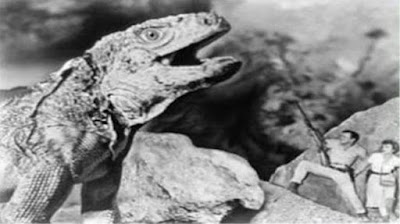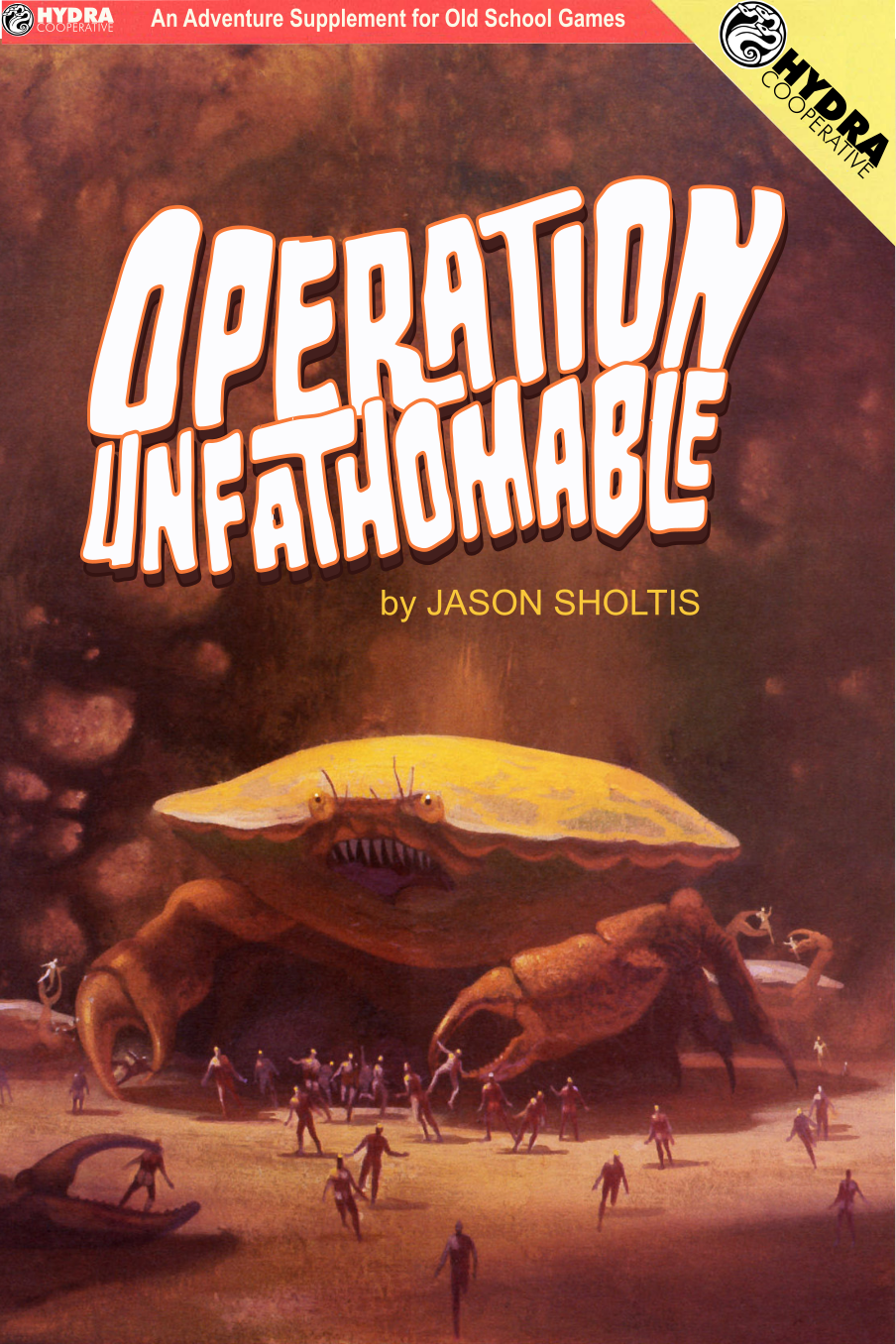 |
| What the bugbears look like if they weren't invisible |
They made their way to the crashed ship, along the way noting that they could see any birds in the odd fruit trees, despite hearing them. Near the great broken vessel, they were accosted by two voices--though the speakers were unseen, invisible. These were the gatherers Phanuvo and Gadrevo of the Vozerai. They filled the party in on the basics of their valley: invisible "bugbears" and the feud between their people and the Voyanki.
The party gets an audience with Learned One Hanivo. He isn't able to tell them much more than they've already heard: The dama-fruit makes all who eat it invisible. They know the ship carrying them crashed here long ago, but they do not know how long. They also don't know what world they originally came from. The one bit of useful information is that the Pyramidal Mountain on the otherside of the valley has a stairway inside that can take them out.
The group decides to talk with the Vozerai (who are more warlike and so, they reason, may know of some tips for fighting off the bugbears). Approaching the tail section, they encounter a young warrior who gets them a short audience with Shaman Vo Angra. The Vozerai are indeed more bellicose than the Voyanki, but equally ill-informed, and grudge-holding against their foes.
The party decides they'll have to just make a break for it. They make it most of the way across the valley, but then they encounter two bugbears. A vicious battle ensues, but both bears are killed. Dagmar suggests they skin them for fur for invisibility cloaks. A good idea, but the execution leaves them vulnerable to bugbear assault. A total of 3 approach at various points. One they drive off with some damage, and the other two they lure away with offal from the two carcasses. After harvesting one skin, they decide not to press their luck and make for the entrance to the mountain.






















